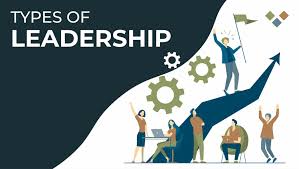
Leadership Styles and Development
Leadership Styles
Leadership styles vary widely, and effective leaders often adapt their approach to suit different situations and team members. Here are some common leadership styles:
- Autocratic Leadership: A top-down approach where the leader makes decisions independently and expects team members to follow instructions.
- Democratic Leadership: A collaborative approach where the leader involves team members in decision-making processes.
- Laissez-Faire Leadership: A hands-off approach where the leader provides minimal guidance and allows team members to make their own decisions.
- Transformational Leadership: A style that inspires and motivates team members to achieve extraordinary results.
- Transactional Leadership: A style that focuses on rewards and punishments to motivate team members.
Leadership Development
Developing leadership skills is an ongoing process. Here are some strategies for leadership development:
- Self-Awareness: Understanding one’s strengths, weaknesses, values, and behaviors.
- Emotional Intelligence: Developing the ability to recognize and manage emotions in oneself and others.
- Communication Skills: Improving communication skills, both verbal and nonverbal.
- Problem-Solving and Decision-Making: Enhancing problem-solving and decision-making abilities.
- Team Leadership: Building and leading high-performing teams.
- Mentorship and Coaching: Seeking guidance and support from experienced leaders.
- Formal Leadership Training: Participating in leadership training programs and workshops.
- Experiential Learning: Gaining practical experience through challenging assignments and projects.
By understanding different leadership styles and actively developing leadership skills, individuals can become effective leaders and inspire others to achieve their full potential.








